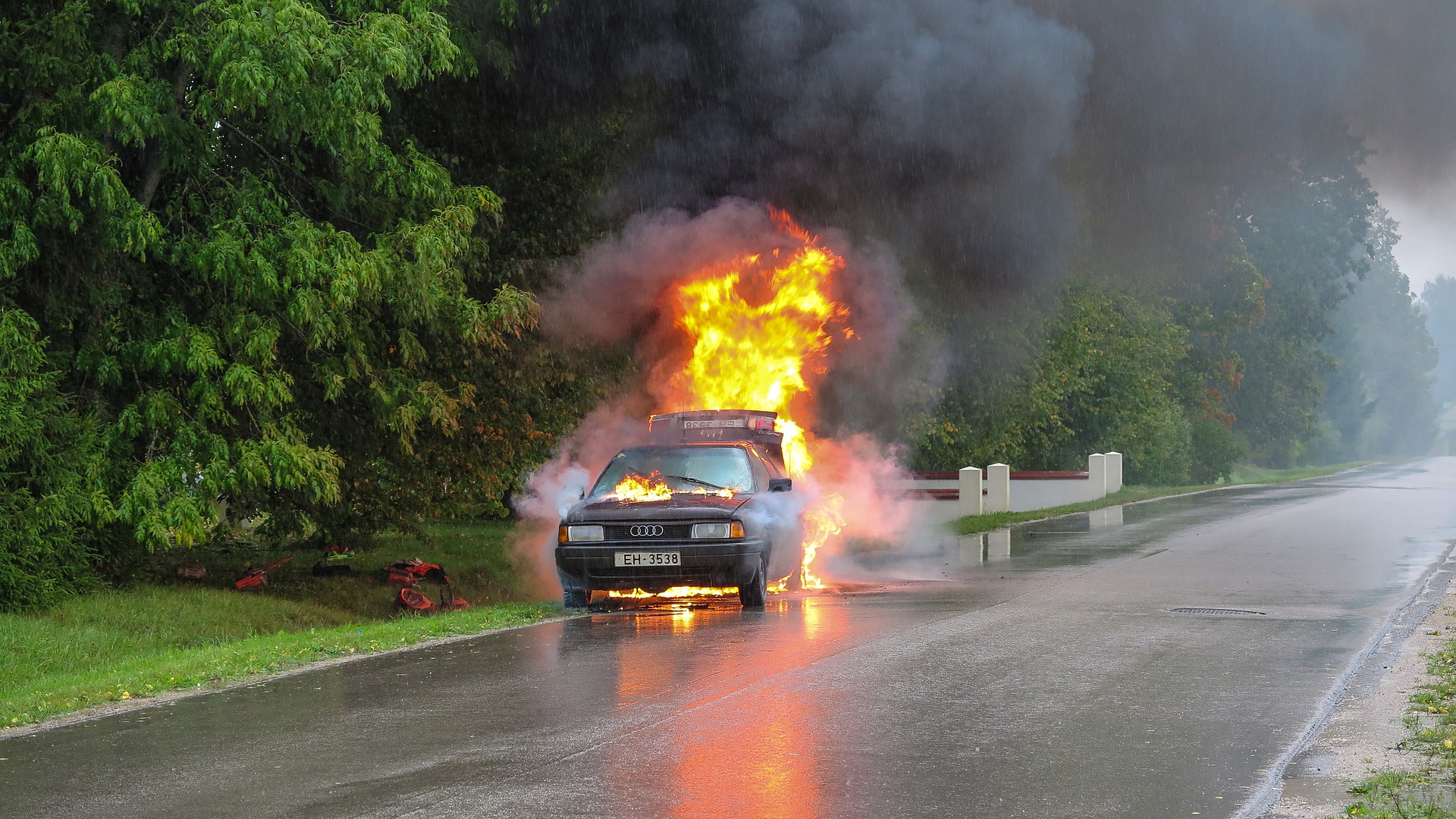Introduction to vehicle borne threats
Vehicle borne threats range from vandalism to sophisticated or aggressive attack by terrorists or determined criminals. Vehicles (such as cars, vans and lorries) are widely available and terrorists have previously gained access to them through a number of means:
- Owned – a vehicle is under the attacker’s possession
- Borrowed – a vehicle is lent by an unwitting or complicit associate
- Leased – a vehicle is hired from a company, using real or fake documentation
- Stolen – a stationary, unattended (locked or keys in ignition) vehicle is taken
- Hijacked – an occupied vehicle, parked inside or outside a protected area, is seized.

Terrorists use vehicles in three main ways to enable an attack
- Vehicle Borne Improvised Explosive Device (VBIED)
- Vehicle As a Weapon (VAW)
- Layered Attack – Vehicle transportin attackers and / or weapons

Vehicle Borne Improvised Explosive Device (VBIED)
An improvised explosive device is either visible or concealed within a vehicle and transported to target.
The effects from a VBIED detonation include the blast, fireball, primary & secondary fragmentation and ground shock.
The blast stand-off (the distance between the device and the asset) is the most important factor in determining the extent of damage that can be caused. Maximising the blast stand-off distance will reduce the damage sustained to the asset.
Vehicle As a Weapon (VAW)
Deliberately driving a vehicle:
- at an individual or into crowds of people to cause harm; or
- deliberately driving a vehicle into infrastructure to damage or disrupt its operation. This may indirectly lead to harm to people or disruption to the operation of a site/event, or more widely, critical services or supplies.
Driving a vehicle into crowds is regarded by terrorists as attractive because it is likely to cause multiple casualties, is low complexity, affordable, requires little planning and skill and is perceived as less likely to be detected in the planning phase.
VAW attacks are frequently the first part of a Layered Attack. The attacks frequently begin on public roads with little or no warning and are often followed by a marauding attack using bladed weapons, firearms or fire as a weapon.
Layered Attack – Vehicle transporting attackers and / or weapons
A layered attack is a combination of attack types.
The vehicle may:
- facilitate the delivery of armed attackers, either covertly or overtly; or
- be combined with a VBIED or VAW attack
There are seven exploits terrorists will use to overcome operational and/or physical security measures

What is hostile vehicle mitigation?
Hostile Vehicle Mitigation (HVM) is a protective security discipline focussing on reducing risks associated with vehicle borne threats posed by terrorists and criminals. HVM is the delivery of measures that are informed by the threat and how it manifests itself, the multiple consequences of an attack, the vulnerability of a given location and the needs of the enterprise requiring protection. The basis of HVM are security risk assessments, security planning, and design and the deployment of risk-based measures.

Hostile vehicle mitigation measures
HVM measures are the integrated deployment of security processes, procedures and physical obstructions to counter vehicle borne threats. They typically include; deterrent communications, security awareness, incident response planning and training, operational security, traffic management and the deployment of physical obstructions such as vehicle security barriers and traffic calming measures.
Vehicle security barrier (VSB)
A VSB is a product designed to prevent vehicle access. It has undergone testing at an independent and accredited test house, to a recognised vehicle impact test standard and achieved a performance rating in accordance with that standard.


Vehicle barrier
Vehicle barriers are typically products designed to prevent vehicle access by compliant drivers or occupants. They cannot be relied upon to prevent hostile vehicle access.
Determining the type of vehicle-borne threat being faced
It is important to be clear about the vehicle borne threats of concern and how those might manifest themselves, including the potential exploit techniques. Having carried out a security risk assessment, security professionals should produce HVM Operational Requirements. The Operational Requirements process will help draw out many of the key points to consider and how to prioritise the mitigation measures.


